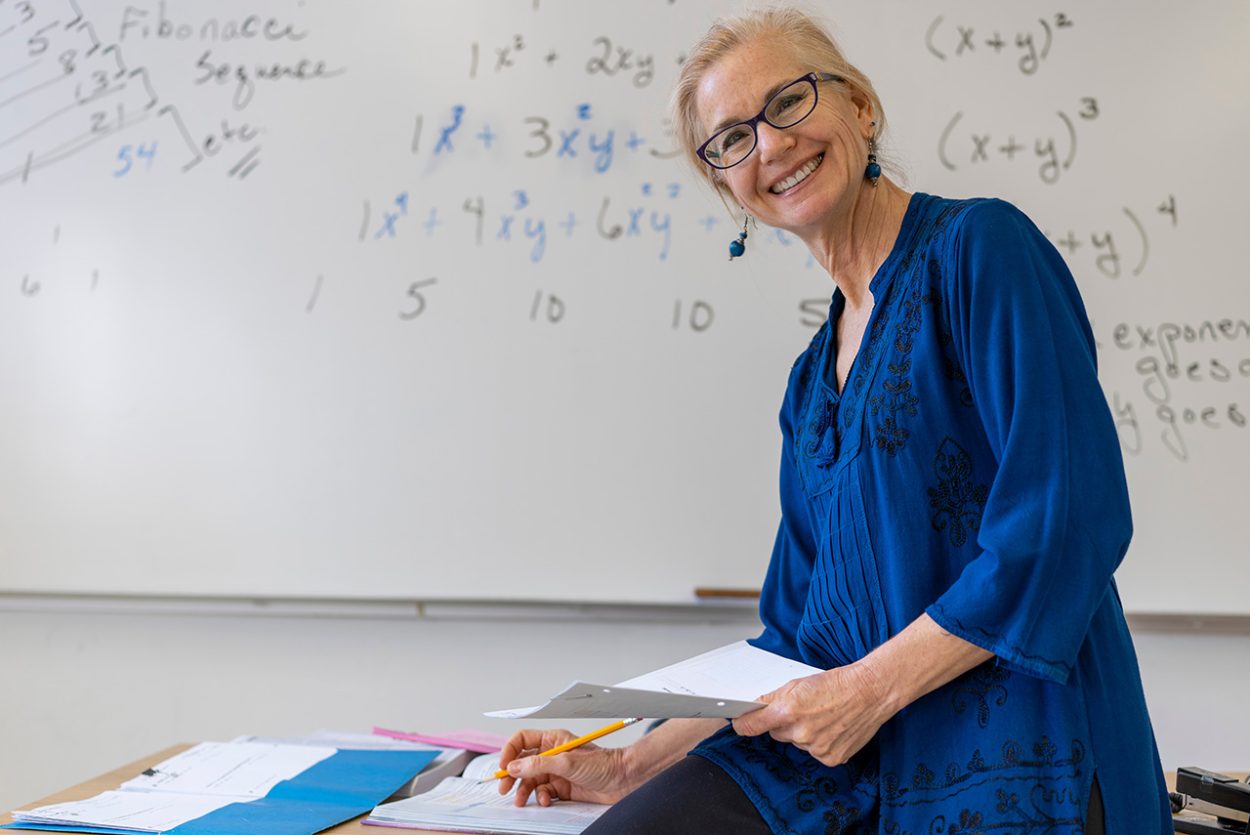Teacher vacancies have climbed to 53 in the Mornington, Frankston, and Kingston areas amid a statewide teacher shortage, but industry experts maintain there is no cause for concern in the peninsula region. According to the data from the Schools Vic careers website there are 37 teacher vacancies, 14 support roles, and two principal positions available.
It comes after the state opposition conducted a Freedom of Information request, which revealed this month that the state government is spending more than $1 million a day on casual relief teachers as more than 1300 teacher positions remain vacant across the state.
The Australian Education Union’s Victorian branch president Meredith Peace said casual relief teachers (CRTs) played a crucial role in supporting Victoria’s public education system. “But an over-reliance on CRTs as a solution to a workforce shortage crisis is a band-aid measure by a government which has let schools down by failing to invest in genuine solutions to an ongoing problem,” she said.
Tim Arnold, director of Free Agency, which provides casuals to government schools, said he is confident of the teacher vacancies being filled in the Mornington, Frankston, and Kingston areas because “it’s a desirable part of the world to work”. “That’s not a part of the state that’s a real hurt point for filling jobs because people want to live down on the peninsula,” he told The Times. “You’re going to have trouble getting people into jobs in those bigger growth schools that need 10 new teachers, 10 new classes,” such as in the Cranbourne and Clyde areas. “All industries are struggling with labour post COVID. However, a lot of support is going into providing many staff to schools across the state and lots of work going into filling vacancies that have arisen in areas.” He also noted “this is the absolute peak prime time of the year where they’re advertising roles for next year”.
In relation to the spending of $1 million a day on relief teachers, Arnold conceded this “might be true” but the break-down of what the government was spending the money on was “incorrect”, with the $1 million figure encompassing planned leave, absences for long service leave, professional development, and more.
Fiona Longmuir, a senior lecturer in the Faculty of Education at Monash University and co-leader of the Education Workforce for the Future Impact Lab, said the peninsula was “probably more of the easier staff areas” as opposed to other parts of the state. “We know the shortages are really blatantly and significantly impacting lower advantage schools in much more severe ways than obviously, schools with sort of higher levels of socioeconomic advantage, and particularly as well across the public-private divide as well,” she said. She said overall there was a “big job in helping change that public discourse around what we expect from our teachers and how we treat them”. “[We need to] make it clear that teachers are working very hard and doing their very best.”
Julie Sonnemann, education director at Impact Economics, said the casual teacher relief shortage in Victoria “is a concern” and “there’s also fundamental issues in teaching around the working environment, hours, and salaries that need to be addressed”. “Teaching is a great career choice with lots of rewards, but we need to make it easier for people to do the job too.”
Education Minister Ben Carroll said there was a promising increase in recruitment in teaching every year.
“Teacher shortages are a national challenge, but we are leading the way forward with free teaching degrees, financial incentives for hard-to-staff roles like in regional areas, paid placements for students training to be teachers and employment-based degrees,” he said.
Shadow Education Minister Jess Wilson said the government’s reliance on casual relief teachers meant “less stability for students and higher costs for taxpayers”.
First published in the Frankston Times – 15 October 2024

